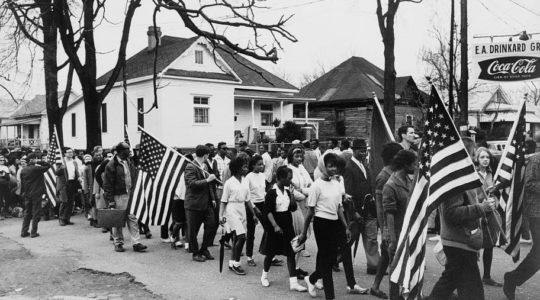United Nations Secretary General Thant and his Middle East representative, Ambassador Gunnar V. Jarring of Sweden, have agreed to suspend Dr. Jarring’s mission “for the time being,” UN sources in Geneva told the Jewish Telegraphic Agency today by telephone from Geneva. The two officials met in that city yesterday. They decided, the sources said, that the Jarring mission will be reconsidered after the Mideast tour by United States Secretary of State William P. Rogers–if it is clear that a resumption of the mission can achieve concrete results. Thant and Dr. Jarring were said to have agreed that Rogers’ current personal Mideast “initiative” has for the time being superseded any UN action. Immediately after their consultation, the Swedish diplomat returned to his post in Moscow. His often-interrupted mission began Nov. 23, 1967, the day after the Security Council authorized the Secretary General to designate a “special representative” in the Mideast crisis (At Un headquarters in New York, a spokesman for Thant said only that he and Dr. Jarring had had “a useful and comprehensive exchange of information and views” and that there was “no real basis” for the intermediary’s “immediate” return there. The statement said the two men had decided it would be “desirable” for Dr. Jarring to return there in mid-May for further “useful exchanges.” By that time Rogers will have returned to Washington. Thant was due back in New York tonight. A spokesman for the U. S. Mission in New York rejected the description of the Jarring mission as “suspended.” He said the mission was in no way connected with the Rogers tour, as Dr. Jarring’s dealings are with the Mideast parties and not with the U.S. Secretary of State. The U.S. spokesman said communications between the Big Four and Dr. Jarring were continuing.)
JTA has documented Jewish history in real-time for over a century. Keep our journalism strong by joining us in supporting independent, award-winning reporting.
The Archive of the Jewish Telegraphic Agency includes articles published from 1923 to 2008. Archive stories reflect the journalistic standards and practices of the time they were published.



